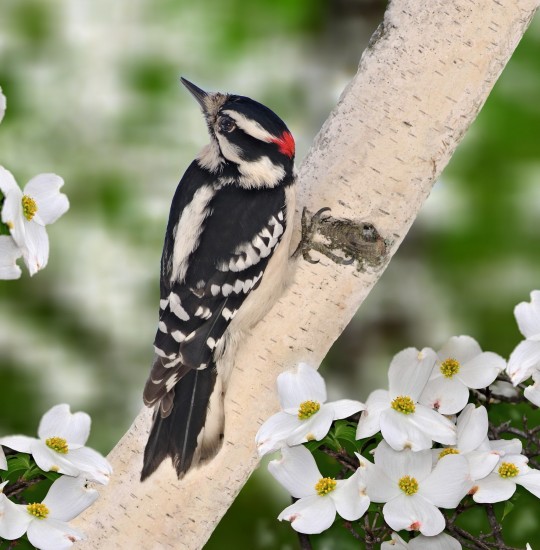By John Wenzel

Winter was long and hard this year, and we were all eager to see Spring come at last. At Powdermill Nature Reserve, we write on a little calendar when we see the first spring blooms, the emergence of certain insects, or the chorus of frogs. People know that global warming means warmer temperatures, but seasons represent a pendulum (summer-winter-summer-winter,) and adding energy to a pendulum (warming) increases the swing, with more violent variation.
I see from our calendar that in 2016 our spring beauties (one of the earliest of the beautiful spring “ephemeral” flowers) appeared on March 17. They were a little later in 2017. This year, with such a late spring, they showed up on April 6, three weeks behind 2016. All the early flowers were much delayed. Bloodroot appeared on March 29 in 2016, but not until April 20 in 2018.
But the late arrival of Spring only affects the early species, and the later spring flowers arrive close to when we expect them. The beautiful nodding trout lilies bloomed on April 14 in 2016 and April 15 in 2017. This means that the composition of the forest in 2018 was rather different from 2016, combining species that rarely appear together.
Rather than gradual change, we have new compositions. What does that mean? I would like to be optimistic, but the fact is that we just don’t know what it means. For now, seeing the early spring flowers along with the ones that usually follow makes for a beautiful, and very welcome spring woodland. And we write what we see on our little calendar.
John Wenzel is the Director at Powdermill Nature Reserve, Carnegie Museum of Natural History’s environmental research center. Museum employees are encouraged to blog about their unique experiences and knowledge gained from working at the museum.
